1、 Curing method
1. Soil: the soil is mainly fertile, well drained and moist. Generally, it is best to plant in the soil containing acidic rotten substances
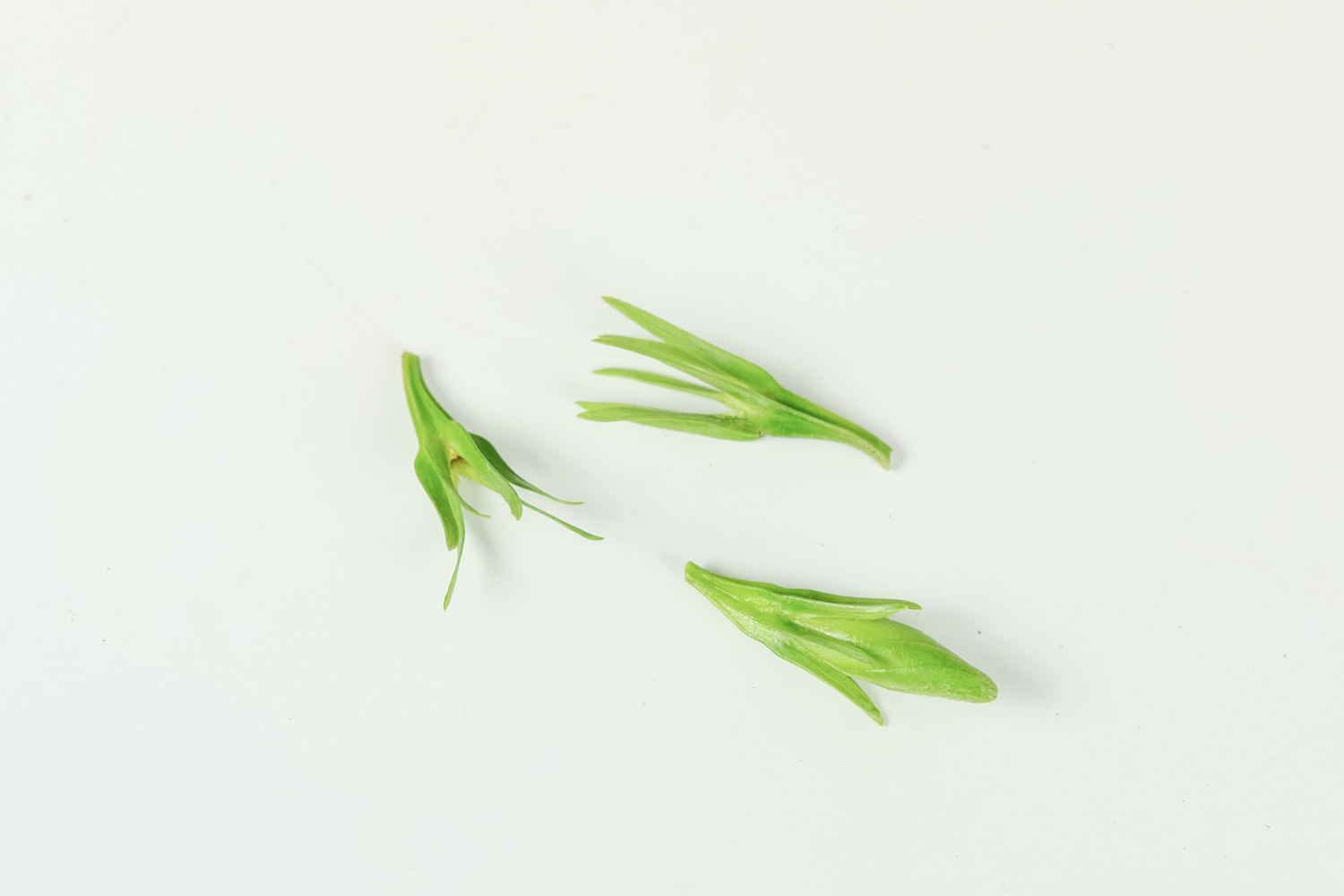
2. Water: there is a lot of demand for water. It should be watered thoroughly every time, so that the root can absorb enough water, but there should not be too much water in the basin
3. Nutrients: to increase nutrients during growth, nitrogen fertilizer is generally used. Take appropriate nitrogen fertilizer and dissolve it in water. Then, when watering, pour it in the soil, not on the root system, with some distance
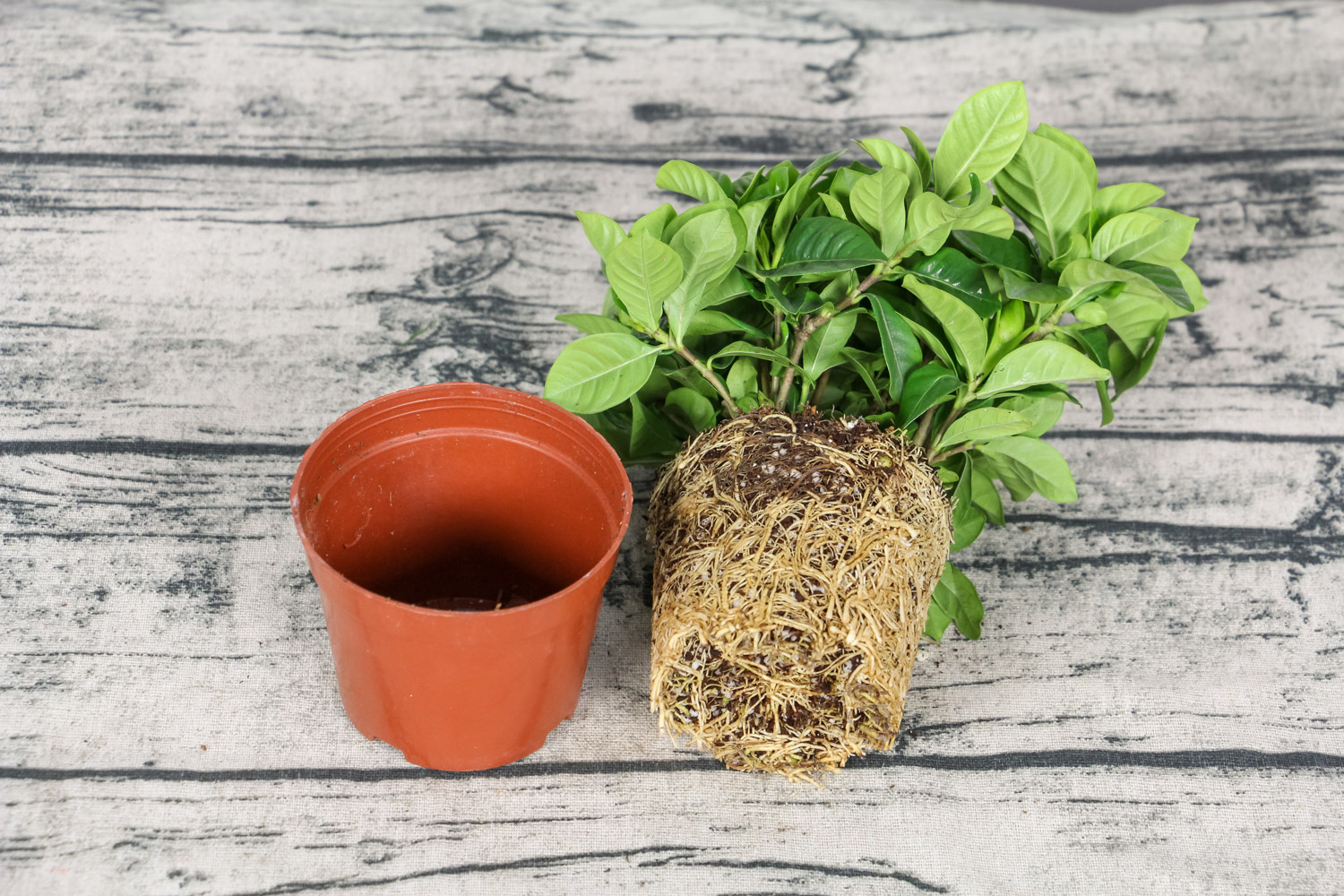
4. Light: Gardenia jasminoides likes shady places and is not suitable for strong light. When planting, we should choose a ventilated place for breeding, which is more conducive to its growth
2、 Breeding skills
1. Pruning: dense branches and leaves will affect the ventilation and light transmission effect. At this time, it needs to be pruned in time to make its shape round and well ventilated, so as to avoid blind growth and affect the ornamental
2. Propagation: generally, cuttings are used to propagate. In February, small scissors are used to cut about 20 cm of twigs and insert them into the soil. During this period, only watering and weeding are needed
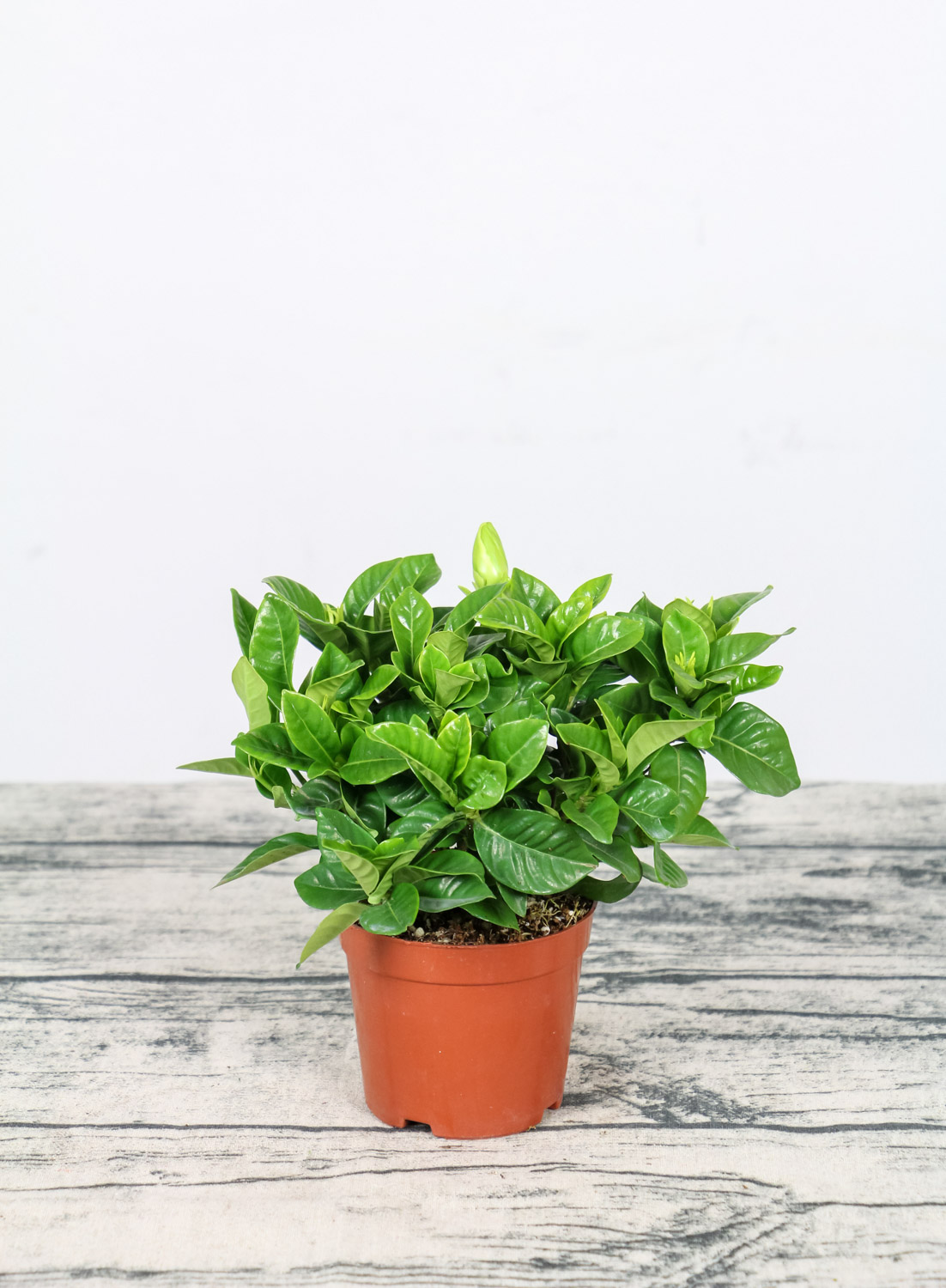
3、 Diagnosis and treatment problems
1. Spot blight: the common disease after planting is spot blight, which will affect the growth of stems and leaves. At this time, the stems and leaves with spot blight should be trimmed off, then carbendazim should be diluted with water, and the branches and leaves can be sprayed with a watering can
2. Bemisia tabaci: the common pest of gardenia is Bemisia tabaci. It is usually diluted with stone sulfur mixture and water, and then sprayed to remove the lice
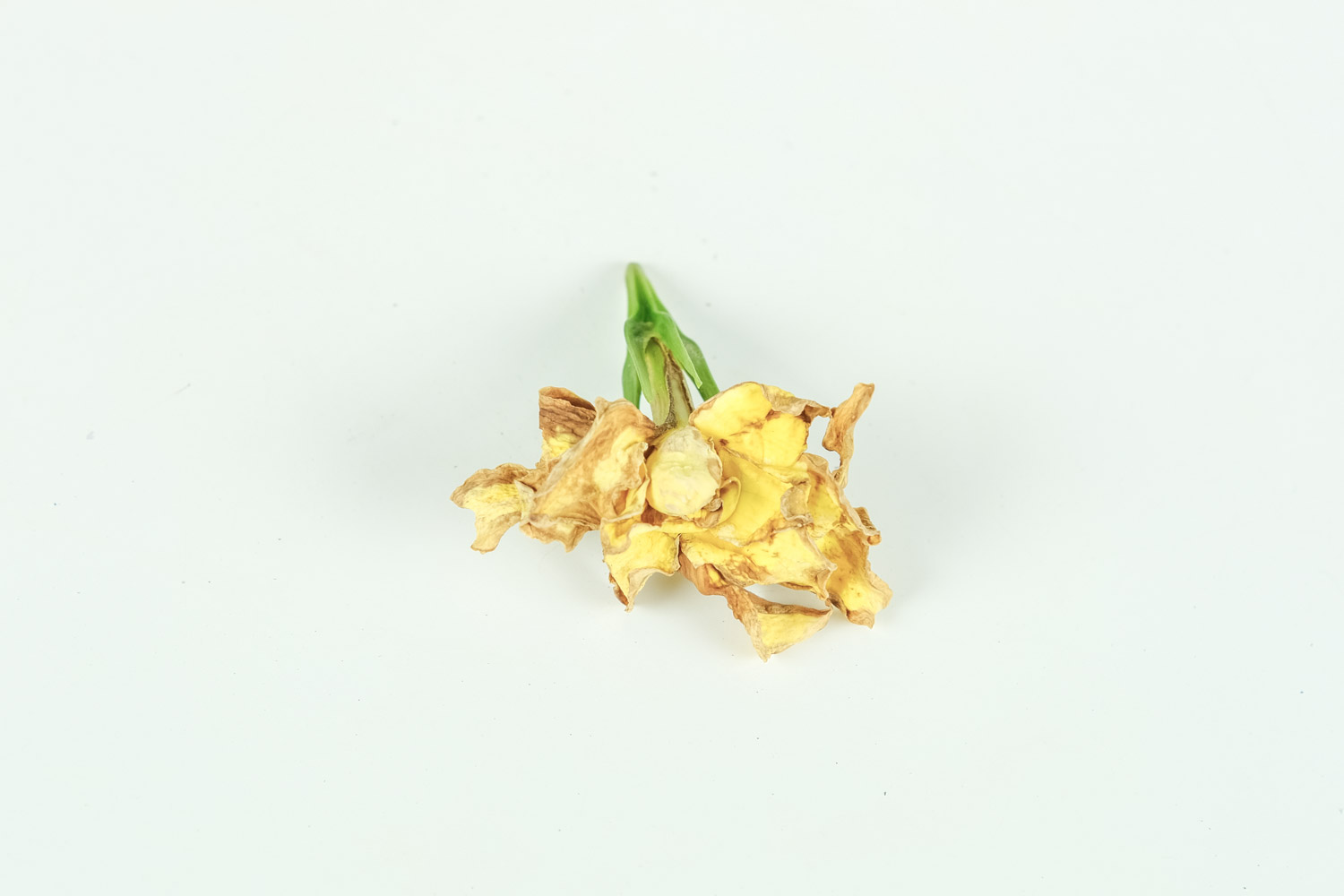
4、 Other issues
1. How to spend the winter: in winter, we should move to indoor breeding. Water gardenia is not resistant to cold, and low temperature will cause frostbite. Generally, it can be maintained at about 6 to 10 degrees Celsius, and proper ventilation is also very good
2. Whether it can be placed indoors: it can be raised indoors with good ventilation. Generally, the best growth temperature is 20 to 25 degrees Celsius, and 26 to 28 degrees Celsius, which is suitable for flowering. Its appearance is beautiful and sweet, which is very suitable for breeding at home
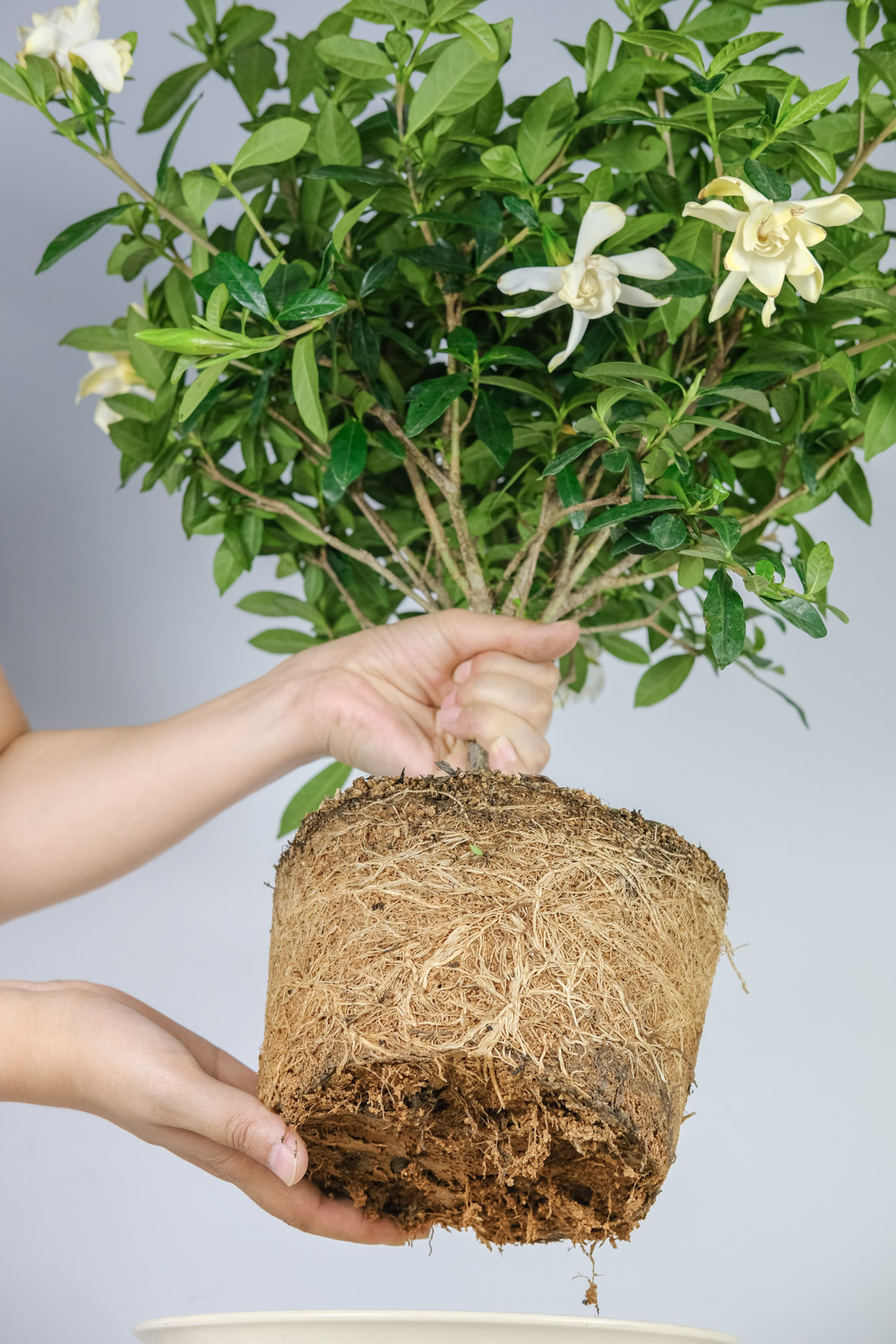

 jackfruit
jackfruit snake plant
snake plant hibiscus
hibiscus hydrangea
hydrangea lavender
lavender Green roses climb al...
Green roses climb al... If you don't pay att...
If you don't pay att... Management of four g...
Management of four g...
































